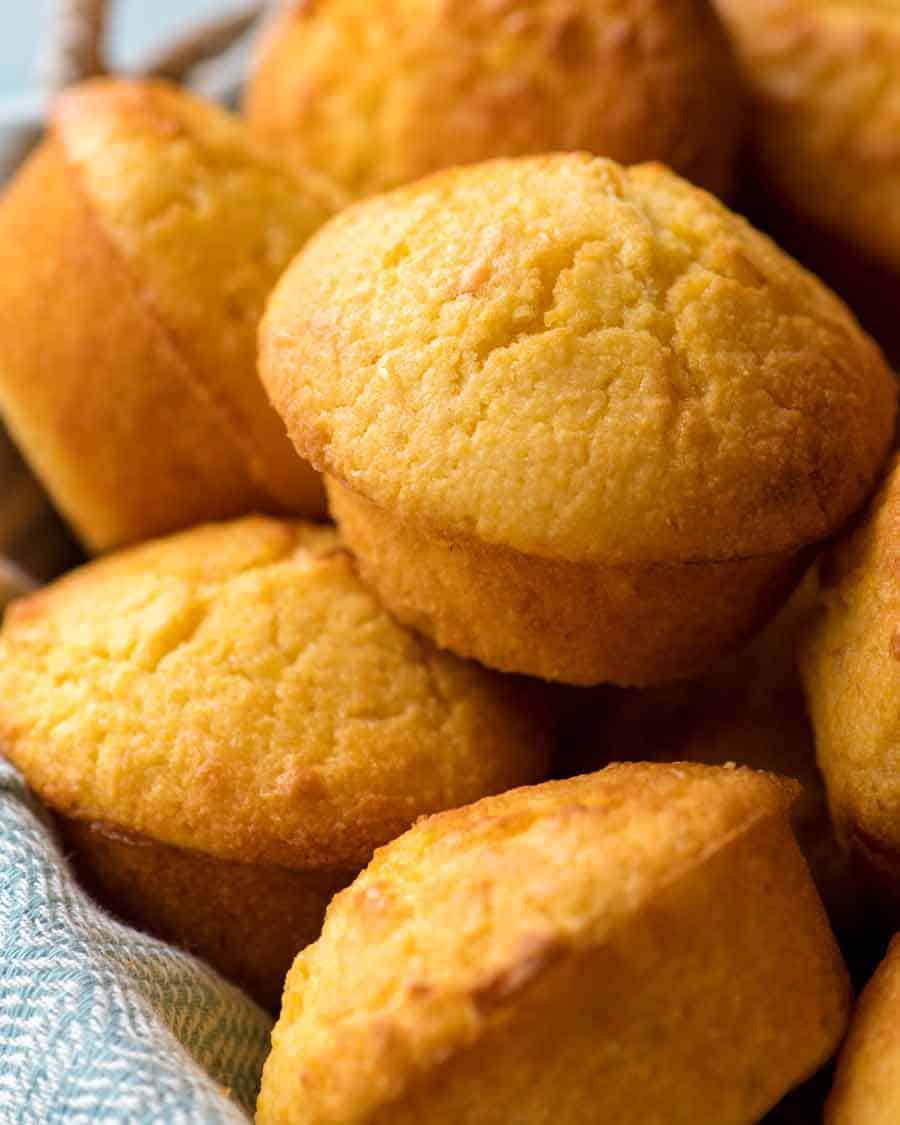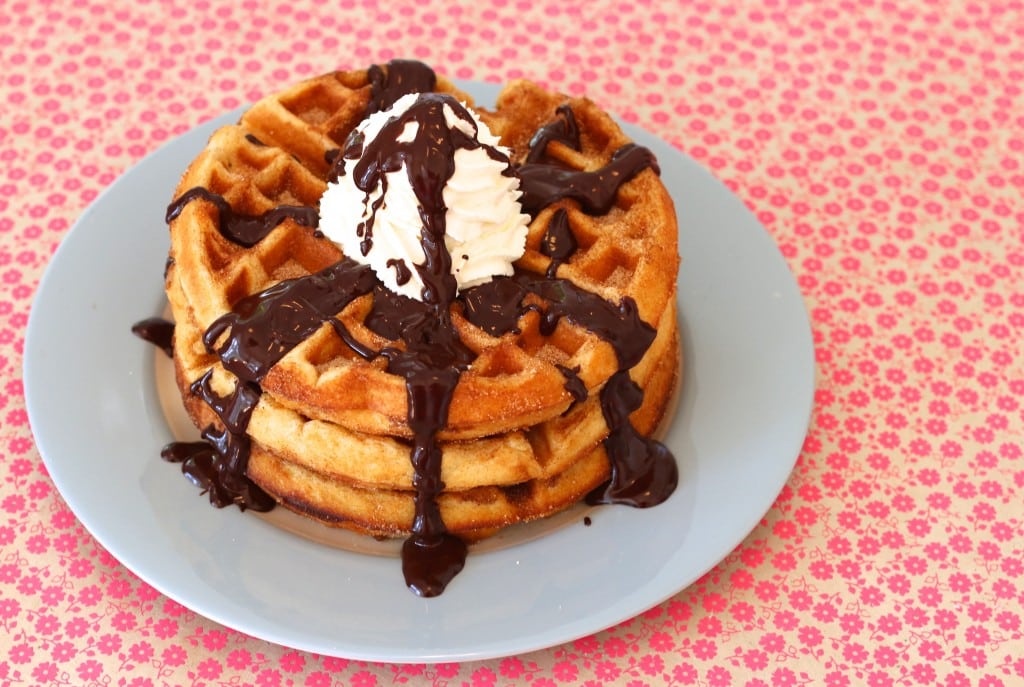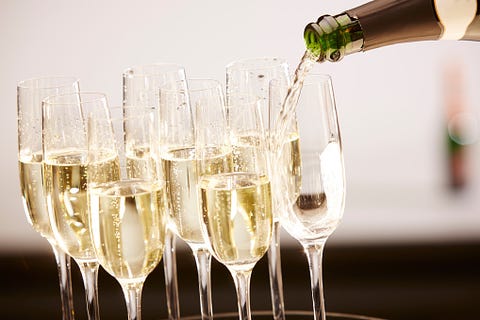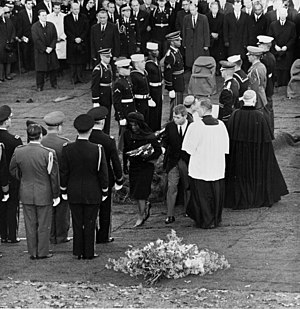#1
The movie Jackie, produced in 2016 follows the events of Jacqueline Kennedy on the day of her husband’s assassination and the adjustment to life after that loss. In 1963 there was an article written on Mrs. Kennedy from Life magazine, this article was constructed and edited by Mrs. Kennedy and the journalist. From the movie as a viewer you see not only what the Kennedy assassination did to the first family but to the nation as a whole. The movie shows the impact of the Kennedy administration at the time and the legacy President and Mrs. John F. Kennedy left on the United States. Some of the most memorable times for this country happened during the Kennedy administration, at the time of the assassination The Cold War with Russia and Cuba was occuring along with the rise of the civil rights movement in the south. Both of these were being handled by President Kennedy at the time of his death. The effect of this loss on these national incidents is seen through President Johnson’s power and decision in just days after the tragedy of the JFK. Jacqueline knew what being the first lady meant and was honored to hold the job, even through these crisis. In the movie it shows that while making preparations for the funeral just two days after Kennedy’s death that she can not get her opinion heard because of Johnson action on the Cuban missile crisis or protests below the mason dixon. The assassination, the cold war and civil rights movement all were happening at at the same time and the nation was struck with a heartbreak too big to bear. (JFK LIBRARY) (WHITE HOUSE)
The First Lady Shocked the nation with her tour of the White house that was televised on CBS on Valentine’s day after she worked so hard to restore all of the public rooms in the white house and create a legacy of american culture, art, and history throughout the place they were to call home for the time of their administration. (JFK LIBRARY)(WHITE HOUSE)
The funeral of JFK and the procession to the capital only had ever happened that large after Lincoln’s death. Jackie studied it and with Robert Kennedy they planned and memorial movement that would shock officials and civilians. After being told numerous times that it may not be safe for her to make such a public and open ceremony Mrs. Kennedy with her children processed anyway out of justice and love. Jackie also received judgement for wanting to bury her two unborn children at the same site at Arlington. The fights and conflict that arose around the funeral were portrayed exactly how they happened based upon Jackie Kennedy’s notes found later in life and she wasn’t going to let her husband’s legacy be buried with him in Arlington Cemetery. (JFK LIBRARY)
#2
The movie is based upon Jackie Kennedy fight and struggles from the assassination of JFK to the life after the white house.But in my research outside of the film I found out so much more that tell more about who Jacqueline was as a woman and who the Kennedy’s were together. I learned that JFK served in the Vietnam war, lost his brother in it too. His brother wasn’t able to come home but for Jack, he came home a hero. Jackie is what pushed JFK to write his book in 1957, Profiles in Courage. That same year their daughter Caroline was born. The road to being the president wasn’t pictured in the movie, but for the Kennedy family it was a vital role in their story. Jackie accompanied her husband the presidential candidate all of the nation on the campaign trail in 1960. While on the campaign Mrs. Kennedy became pregnant with their second child, doctors advised her to return home for the remainder of the campaign trail. While she was at home Jackie answered campaign mail, did TV commercials and interviews but also wrote a weekly news report. The level of support that she had for her husband is what helped her take the place as The First Lady. The movie like I said did not set up the kennedy administration and just assumed you knew what their relationship and journey looked like to get to the car in Dallas that day. In November of 1960 John F. Kennedy won the election and two weeks later his son was born, John F. Kennedy Jr. What I didn’t realize from the movie but I learned from my research is that Mrs. Kennedy believed that their family is what matters most but she believed that from the start not just after the loss of Jack. The Kennedy couple suffered many losses like children, before Caroline they had a miscarriage and stillbirth child but also In August of 1963 the Kennedys lost their third child, Patrick Bouvier who was born premature and died two days later. The movie showed the two children, Caroline and John Jr. in the play room at first and that is where Jackie (natalie portman) tells them that “daddy is coming home” this very powerful scene is raw and so moving. And the setting of the play room was awkward but very fitting. Through research I learned that the play room was also what was the Kindergarten school that Jackie had created for Caroline and 12-15 other kids upon moving into the white house. I also think that the movie didn’t include the importance of the international relational President and Mrs. Kennedy made. In the movie it was mention that there would be many heads of states at the funeral, but missed their international connection to the many nations they visited and established relations with. The Kennedy’s took international engagements all through out their term and the movie showed flashbacks to state dinners with performances, it miss the opportunity to talk about their impact of the world. They were admired internationally too. The movie showed that Jackie loved art and wanted the american history to be reflected in art throughout the white house. What I learned outside of the movie is that both Jackie and Jackie loved the arts, it was said that the Kennedy’s brought a young spirit to the estate in D.C. Jacqueline Kennedy influenced fashion across the globe, still today there are styles that reflect on the graceful First Lady. She was modern,but classic and regal all at once and forced movement for the whole fashion industry. The movie hinted at this towards the end of the movie when Jackie saw the store stylists putting outfits up inspired by her own collection for display to sell. Though the movie was about the first lady Jacqueline Kennedy it kind of dumbed her down and brought out more of a fiery attitude in her. The real Jackie was full of knowledge and worked before marrying the Senator and actually worked after the white house as an editor in manhattan until she died.Inside and out of the White house, she had an influence for her beloved country and family. (WHITE HOUSE) (JFK LIBRARY)
#3
I would suggest that in the flashbacks that Jackie has throughout the movie also include flashbacks to her and Jack before the white house. I understand that the movie was about her coping and overcoming the assassination but I think there needs to be some memories given before the became the President and First Lady. Some ideas could be their wedding, or birth of Caroline or the campaign trail, election, birth of John Jr. but also the loss of their third child. Their time in the White house changed the view of the first family. I would include JFK more I would want him to be seen more because we see Jackie distraught over this loss of a man that was her husband but we don’t get to see him much period , but specifically as the role of her husband.



















